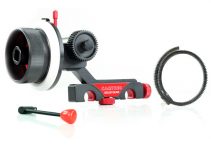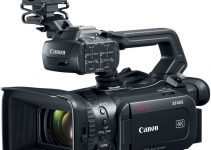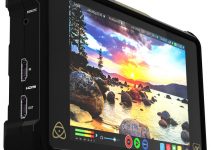Taking the possible mistakes out of the equation while shooting dialogue scenes is the first positive step towards the successful completion of every narrative project. Even though filming a basic dialogue sequence might seem like an easy task, it also has its rigorous execution rules and specifications that you need to follow.
Otherwise, these dialogue scenes could leave a negative impact not only on the given sequence but also on the entire film and the way people perceive it. JP Caldeano provides a bunch of important considerations that every filmmaker should bear in mind before tackling a dialogue scene for a narrative project.
As-a-rule-of-thumb, when filming a dialogue sequence start with a master shot first, and get coverage on each of your talents later. Use this particular order of filming the different angles to eliminate the light inconsistencies that might occur when you shoot your close-ups and over-the-shoulder shots in the first place.
Apparently, a master shot will help you to establish the scene along with the position of the actors and relation to each other. Plus, you can always come back to this angle in the editing in case you can’t use any other more suitable shots.
Furthermore, to give more emphasis to the dialogue itself you will want to see the actors’ faces with more proximity. For instance, you can do an over-the-shoulder shot with the actor’s shoulder in the foreground or you can just do a clean shot with the main talent in the frame.
To avoid wasting time on moving lights and rearranging your entire setup, just swap the lens to film your closer shots. Do all the takes and multiple angles of one actor before you change for the other one. You should also match the corresponding shots accordingly when you turn your scene around to shoot the other actor. Keep the same distance, same lenses along with the same aperture settings to maintain the consistency and continuity between the different angles.
The master shot, along with the over-the-should shots and the close-ups would guarantee you that you have enough coverage to edit successfully your dialogue scene. But, once you have these you’re free to shoot as many angles as you want if you have the time to do so.
Additionally, use the 30-degree rule that suggests filming the same subject from at least 30 degrees different angle to avoid the mediocre jump cuts effect. Additionally, it’s also important to keep the 180-deggree rule and have your camera on either side of the action to establish your characters in space and time properly in order to maintain the continuity of your scene.
[source: CINEMATICJ]
Disclaimer: As an Amazon Associate partner and participant in B&H and Adorama Affiliate programmes, we earn a small comission from each purchase made through the affiliate links listed above at no additional cost to you.




